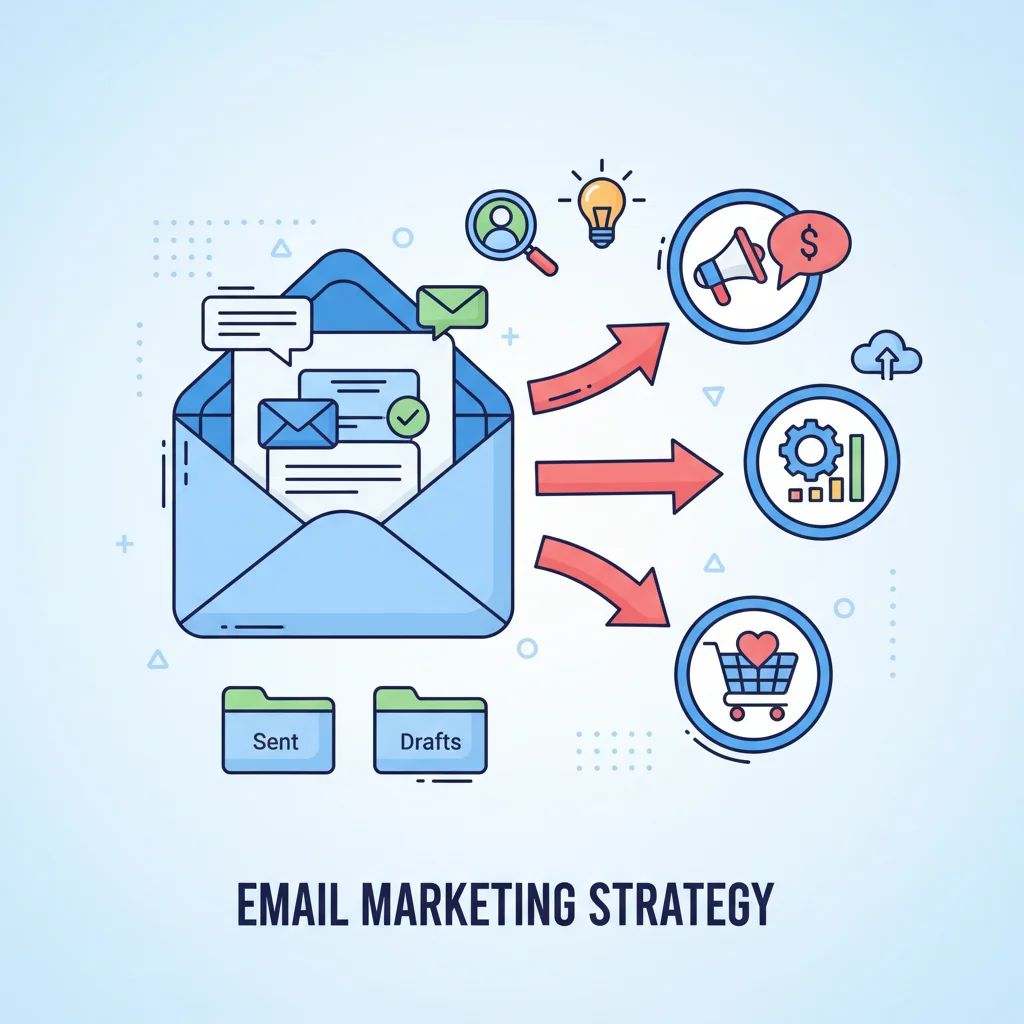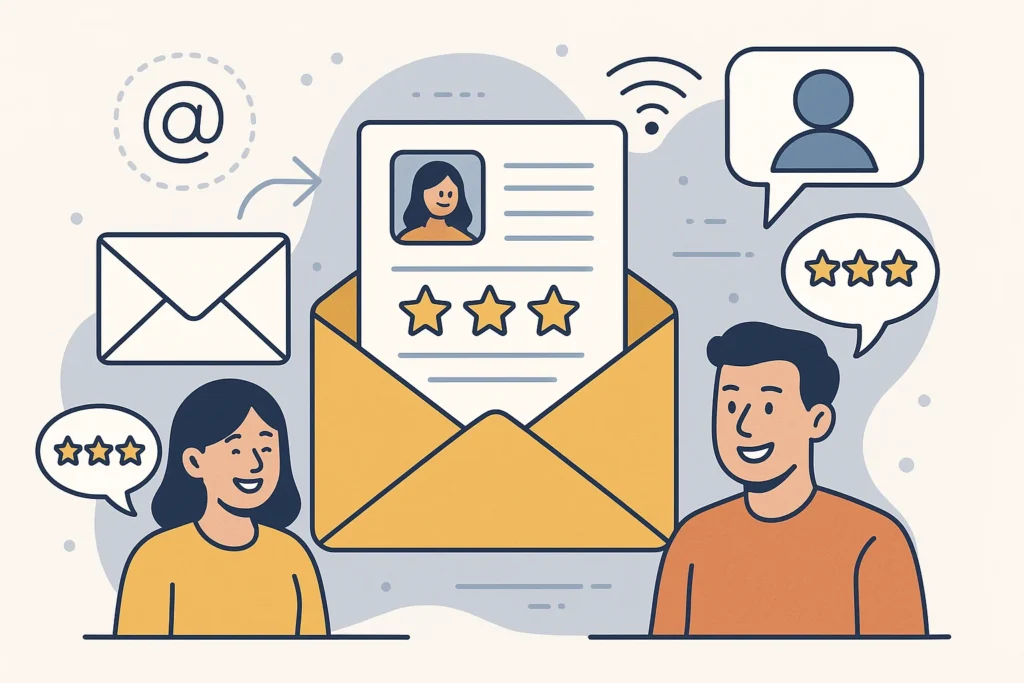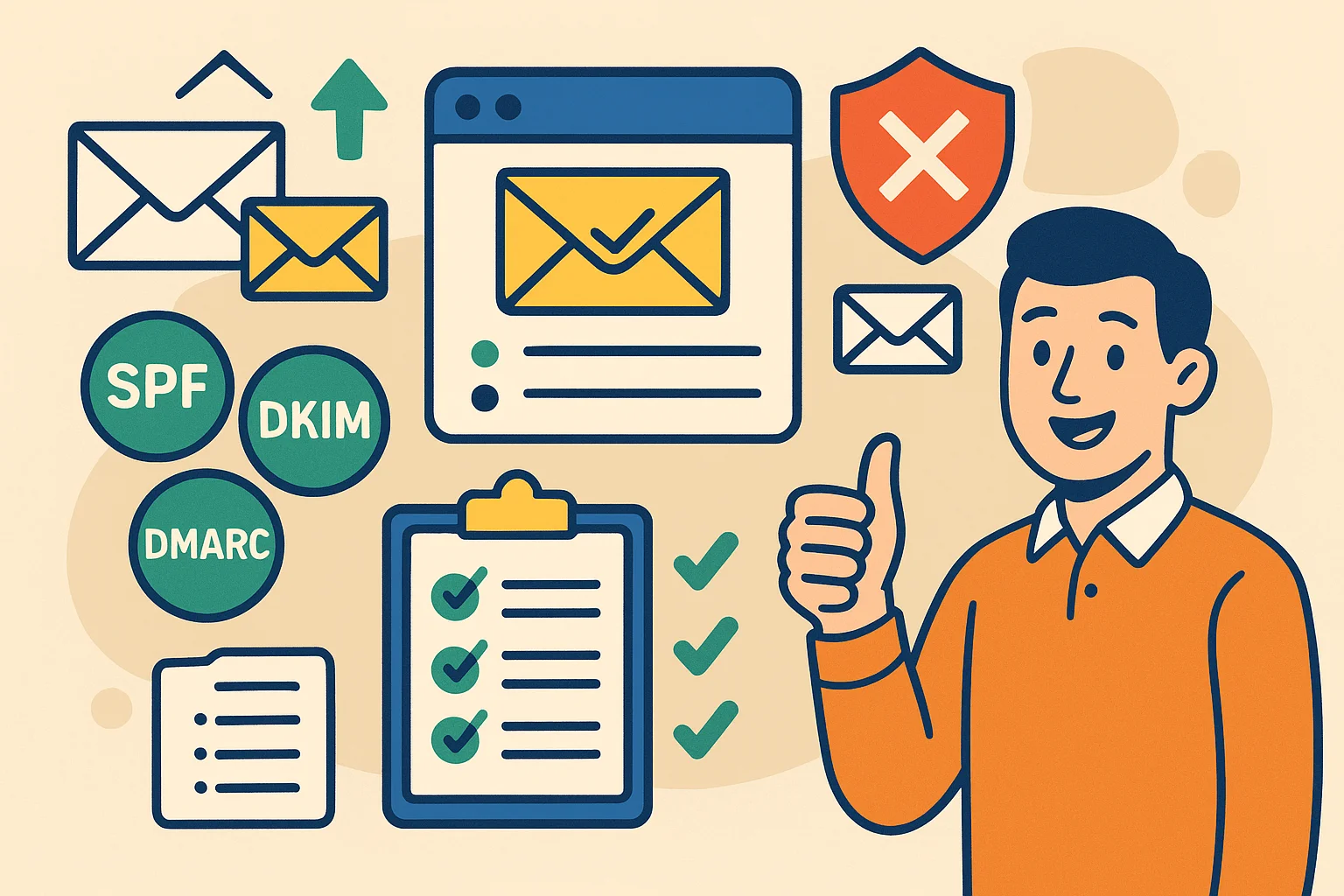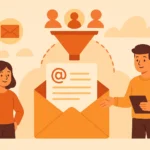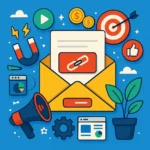Now Reading: How to Write Promotional Emails That Engage, Not Annoy
-
01
How to Write Promotional Emails That Engage, Not Annoy
How to Write Promotional Emails That Engage, Not Annoy

Challenge: Most promotional emails never reach their intended audience. According to recent data, nearly 70% of recipients mark emails as spam based solely on the subject line. Justify: This happens because marketers focus too much on selling and too little on providing value. Need: To write promotional emails without being spammy, you need a strategic approach that balances promotion with genuine value-something I’ve spent years perfecting and am excited to share with you today.
Key Takeaways
How to write effective promotional emails without being spammy:
- Focus on value first, promotion second-lead with helpful content before introducing your offer
- Craft personalized subject lines that avoid spam trigger words like “free,” “urgent,” or excessive punctuation
- Maintain a text-to-image ratio of approximately 60:40 to prevent spam filter triggers
- Use a conversational tone and address recipients by name to build genuine connection
- Include only 1-2 clear call-to-action links per email to improve deliverability
- Ensure proper technical setup with SPF, DKIM, and DMARC authentication
- Clean your email list regularly to maintain high engagement metrics
The Value-First Approach
When it comes to writing promotional emails without being spammy, the golden rule is simple: value before promotion. Think about your own inbox-which emails do you actually open? Probably the ones that promise something useful, right?
Here’s how to nail the value-first approach:
Lead with solutions, not sales
Start your email by addressing a specific problem your audience faces. For example, if you’re promoting a productivity tool, begin with: “Ever feel like there aren’t enough hours in the day? You’re not alone.”
This immediately resonates with your reader because you’re focusing on their pain point, not your product. Only after establishing this connection should you introduce how your offering helps solve their problem.
The 80/20 rule of email content
A good rule of thumb is to make your email 80% valuable content and 20% promotion. This might seem counterintuitive when your goal is to sell, but trust me-this ratio works wonders for engagement.
For example, if you’re a fitness coach promoting a new program, spend most of the email providing actionable workout tips before mentioning your comprehensive program. This way, recipients get immediate value while understanding how much more they could gain from your paid offering.
Useful Articles:
Crafting Non-Spammy Subject Lines
Your subject line is make-or-break territory. It determines whether your email gets opened or sent straight to spam purgatory.
Avoid spam trigger words
Certain words and phrases immediately trigger spam filters. The biggest offenders include:
- “Free” (especially when paired with exclamation points)
- “Guaranteed”
- “Act now” or “Limited time”
- “Cash” or “$$$”
- “Discount” or “% off”
- “Urgent” or “Emergency”
Instead of “FREE CONSULTATION – ACT NOW!!!” try “Your personalized fitness plan awaits”
Keep it concise and clear
The ideal subject line length is between 35-50 characters. Anything longer risks getting cut off, especially on mobile devices (where most people check email).
Be specific about what’s inside rather than using clickbait tactics. If your email contains a discount code for loyal customers, a subject line like “Your exclusive thank-you inside” works better than “AMAZING OFFER YOU WON’T BELIEVE!!!”
Personalize when possible
Including the recipient’s name or referencing their previous interactions with your brand can increase open rates by up to 22%. Compare these two subject lines:
Generic: “May newsletter – Special offers inside”
Personalized: “Alex, your custom workout plan is ready”
The second one feels like a personal message rather than a mass promotion.
The Perfect Email Structure
The way you structure your promotional email can make the difference between engagement and the spam folder.
Nail your opening line
After the subject line, your opening sentence is the most critical part of your email. Many email clients show this text as a preview, so make it count.
Avoid starting with “Hi, I’m [name] from [company].” Instead, ask a question, share a surprising fact, or make a bold statement that grabs attention.
For example: “What if you could double your productivity in just 10 minutes a day?”
Keep paragraphs short and scannable
No one wants to read a wall of text in their inbox. Keep paragraphs to 2-3 sentences max, and use plenty of white space.
Use bullet points for listing features or benefits, and bold important information so skimmers can still catch your key points.
Strategic placement of your offer
Place your main call-to-action above the fold (visible without scrolling), but don’t make it the very first thing people see. A good structure flows like this:
- Engaging opening that addresses a pain point
- Brief explanation of why this matters
- Your solution (the promotional part)
- Clear call-to-action
- Supporting details or social proof
- Final, low-pressure call-to-action
Useful Articles:
Technical Aspects That Prevent Spamming
Even the best-written promotional email can trigger spam filters if the technical elements aren’t right.
Authentication matters
Ensure your emails are properly authenticated with SPF, DKIM, and DMARC protocols. These technical standards verify that your emails are legitimate and coming from who they claim to be from.
If you’re using an email service provider like Mailchimp or ConvertKit, they typically handle this for you. If you’re sending from your own domain, make sure these protocols are properly set up.
Maintain the right text-to-image ratio
Spam filters are suspicious of emails that are mostly images with little text. Aim for a text-to-image ratio of approximately 60:40, with text being the dominant element.
When you do use images, always include alt text. This helps with accessibility and prevents your email from looking broken if images don’t load.
Limit the number of links
Too many links can trigger spam filters. Stick to 1-2 primary call-to-action links, and maybe 1-3 additional links if necessary (like social media icons in your footer).
Make sure all links go to legitimate, secure (https) websites. Never use URL shorteners in promotional emails, as they’re often associated with spam.
The Art of Conversational Copy
Nothing screams “spam” like robotic, overly formal language. The secret to writing promotional emails without being spammy is to write like a human talking to another human.
Write like you talk
Read your email out loud. Does it sound like something you’d actually say to someone? If not, revise until it does.
Use contractions (you’re instead of you are), ask questions, and vary your sentence length. Short sentences add punch. Longer ones can explain complex ideas. Mix them up for natural flow.
Address the reader directly
Use “you” and “your” frequently to keep the focus on the reader. Compare:
Spammy: “Our product has been designed to increase efficiency.”
Conversational: “You’ll save hours each week with this simple tool.”
Show personality (within reason)
Don’t be afraid to inject some personality into your emails. A touch of humor or a personal anecdote can make your message more memorable and humanize your brand.
Just keep it professional and aligned with your brand voice. What works for a funky clothing brand won’t work for a financial services company.
Useful Articles:
List Hygiene and Targeting
One of the surest ways to get marked as spam is to send irrelevant content to people who don’t want it. Here’s how to avoid that fate:
Regular list cleaning
Remove inactive subscribers who haven’t opened your emails in the past 3-6 months. This might seem counterintuitive-why reduce your list size?-but inactive subscribers hurt your sender reputation and deliverability rates.
Most email platforms make this easy with automation rules. Set up a re-engagement campaign for inactive subscribers before removing them.
Proper segmentation
Not every promotional email should go to your entire list. Segment your audience based on:
- Past purchase behavior
- Email engagement history
- Demographic information
- Expressed interests or preferences
Then tailor your promotional content to each segment. Someone who recently purchased running shoes might be interested in your promotion for running shorts, but probably not your sale on swimming gear.
Double opt-in is your friend
Always use double opt-in for new subscribers. This means after someone enters their email address, they need to confirm their subscription by clicking a link in a verification email.
This extra step ensures you’re only sending to people who genuinely want your emails, which dramatically improves engagement rates and reduces spam complaints.
The Psychology of Non-Spammy Persuasion
Effective promotional emails persuade without being pushy. Here’s how to influence without triggering spam alarms:
Focus on benefits, not features
Instead of listing what your product does, explain how it improves the reader’s life. For example:
Feature-focused: “Our app has a built-in task prioritization algorithm.”
Benefit-focused: “Never wonder what to work on next-our app shows you exactly which task will make the biggest impact right now.”
Use social proof strategically
People trust other people more than they trust brands. Include testimonials, reviews, or usage statistics to build credibility without hard selling.
For example: “Join over 10,000 professionals who’ve increased their productivity by 37% with our system.”
Create genuine urgency (when appropriate)
False urgency (“ACT NOW!!!”) is a spam red flag. But legitimate scarcity or time-limited offers can be effective when presented honestly.
If your promotion truly ends on Friday, it’s fine to mention that-just don’t use manipulative countdown timers or fake “only 2 left” messaging when that’s not the case.
Visual Elements That Work (Not Spam)
The visual presentation of your email significantly impacts both spam filtering and reader engagement.
Clean, consistent design
Use a simple, mobile-responsive template with plenty of white space. Stick to 1-2 fonts and a color palette that matches your brand.
Avoid flashy elements like animated GIFs (or use them very sparingly), and never use ALL CAPS for entire sections of text.
Strategic use of images
Images should enhance your message, not replace it. Every image should serve a purpose-showing your product in use, illustrating a concept, or adding emotional appeal.
Always compress images to keep file sizes small, improving load times and deliverability.
Accessible design choices
Use sufficient contrast between text and background colors. Make buttons large enough to tap on mobile devices. These accessibility best practices also happen to make your emails look more professional and less spammy.
Writing promotional emails without being spammy isn’t about tricks or hacks-it’s about respecting your audience and providing genuine value alongside your offers. When you focus on helping rather than selling, your emails naturally become more engaging, more effective, and less likely to trigger spam filters. So next time you sit down to write a promotional email, ask yourself: “Would I be excited to receive this?” If the answer is yes, you’re on the right track.


